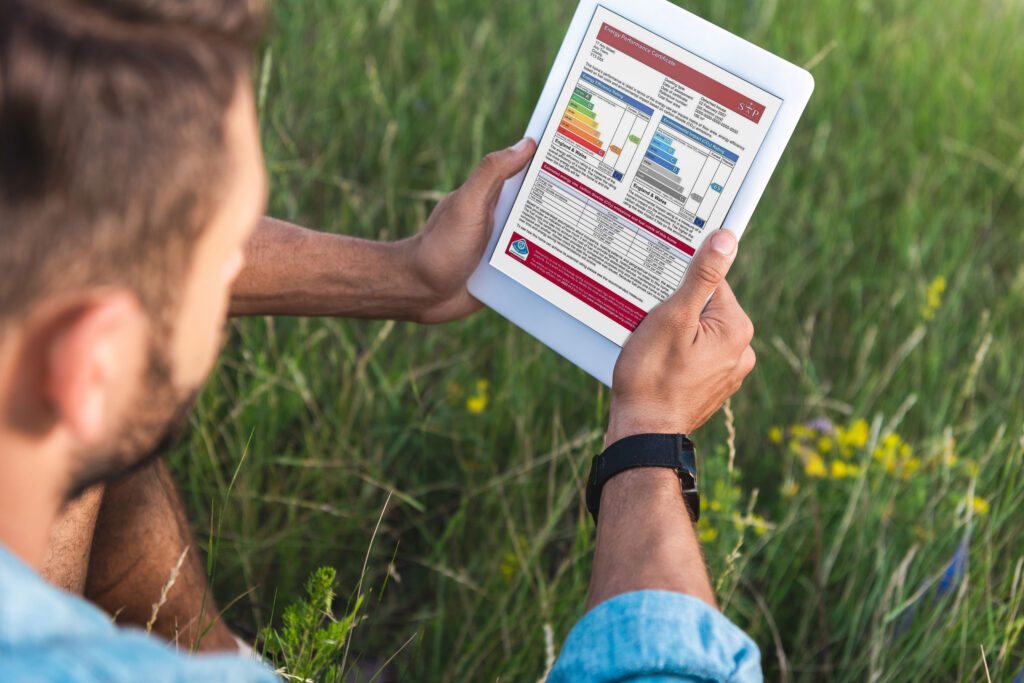The Energy Footprint Tool allows all churches around the country to enter their utility bills and find out their ‘carbon footprint’.
What’s an EFT? How do I fill this in? How long does it take? Why should I take part?
Want to know the answers? Listen to Steve Collins, Net Zero Programme Manager from the Dioceses of Guildford, Chichester and Portsmouth, as he answers some quick-fire questions on the Energy Footprint Tool.
The easy-to-use Energy Footprint Tool will tell your church what your ‘carbon footprint’ is annually, based on the energy you use to heat and light your buildings.
You can find the Energy Footprint Tool on the Online Parish Returns System.
The system uses the information that the Church of England already holds about your church to populate your answers.
This means churches will only be asked for a small amount of additional information. You will need your 2023 electricity and gas/oil bills to hand.
The deadline for entries to be included in national statistics is the end of July 2024.
Overall, the Energy Footprint Tool helps build a national picture of our baseline and progress towards becoming net zero carbon by 2030. It also allows you locally to know where you are starting from and how much progress you are making.
General Synod voted in February 2020 for the whole of the Church of England to achieve net zero carbon by 2030. The vote recognised that responding to the climate crisis is an essential part of our responsibility to safeguard God’s creation and achieve a just world.
On the Church of England’s Routemap to Net Zero Carbon by 2030, the first milestone for churches in 2023 is to start using the Energy Footprint Tool if you haven’t already.
For more information visit Energy Footprint Tool – Diocese of Norwich

